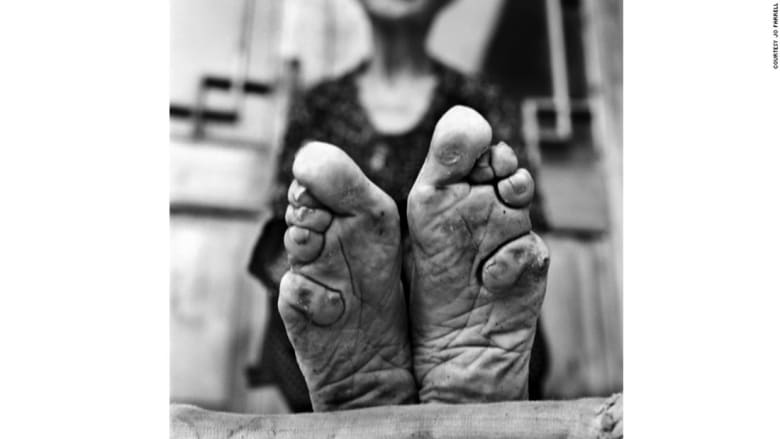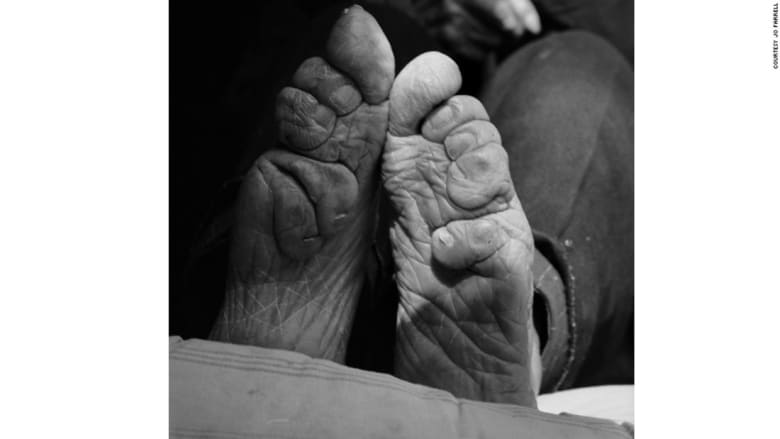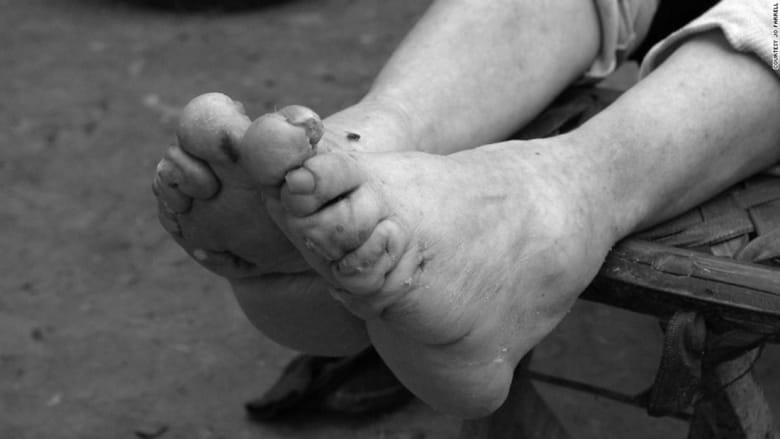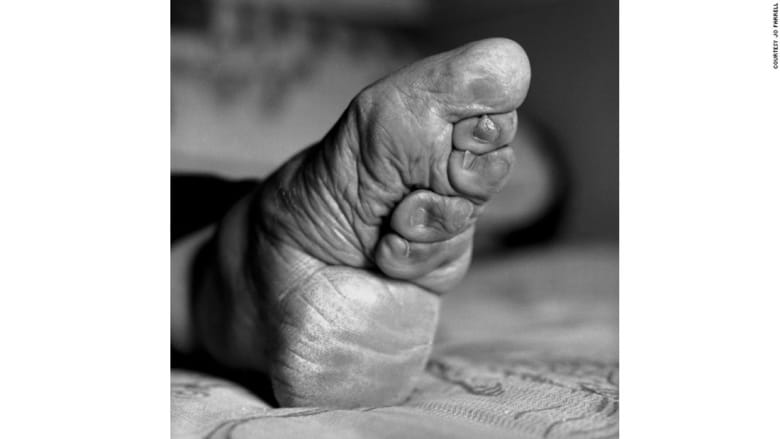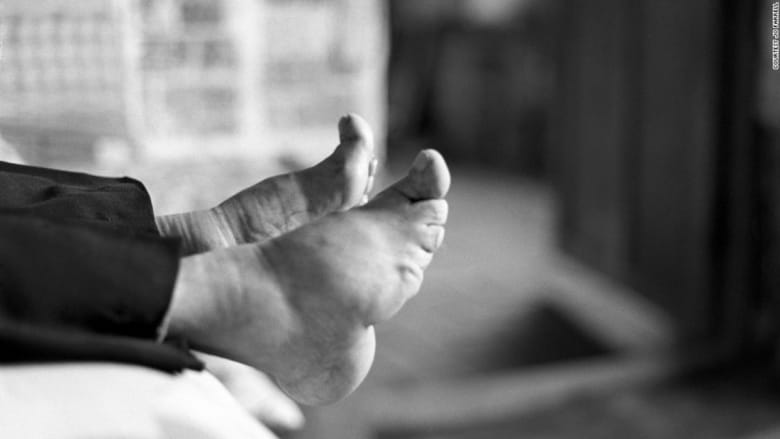دبي، الإمارات العربية المتحدة (CNN) -- "قدما اللوتس الذهبيتان" ليستا لقباً لقدمي راقصة أو لاعبة جمباز بل لأقدام نساء الصين من عصور سلاسة سونغ (960-1279)، اللواتي ربطن أقدامهن باستخدام قطع من القماش، ما أدى إلى الكثير من التشوهات، والآلام، والتشنجات في عظام القدم واتجاهات الأصابع، التي تعاني منها المرأة لتصل قدمها إلى هذا الحجم.
ولم يكن الهدف من وراء ربط القدمين واضحاً في البداية، إذ اعتبر البعض بأنها طريقة لإرضاء رغبات الرجال الذين كانوا يبحثون عن زوجات يتمتعن بأقدام صغيرة، ولكن، بحسب ما ذكرت الكاتبة لوريل بوسيت في كتابها بعنوان "أقدام مربوطة..أيدي شابة" أن العادة ارتبطت بالمردود الاقتصادي.
وقالت بوسن إن "الفتيات اللواتي ربطن أقدامهن لم يعيشن حياة جميلة ولكنهن عشن لخدمة الاقتصاد."
وتمثلت الغاية من هذه الممارسة بجعل النساء يجلسن لفترات طويلة، والعمل على حرف متعددة كخياطة الملابس، والسجاد، وصنع الأحذية، وشبكات الصيد، حيث أوضحت بوسين أنه يُوجد "علاقة بين اليدين والقدمين، والنساء اللواتي ربطن أقدامهن أنجزن كثيراً في الصناعات المنزلية، ويعد تصويرهن كجوائز جنسية بمثابة تحريف للتاريخ."
وشملت الدراسة 1800 امرأة مسنة ربطن أقدامهن في العديد من المناطق في الصين، لتحديد الفترة التي تراجعت فيها هذه الممارسة.
وقد لوحظ بأن النساء تكلمن بكل طلاقة عن وضعهن، وأوضحن بأن ظاهرة ربط أقدامهن، استمرت لفترات طويلة، في المناطق التي اعتمد اقتصادها بشكل كبير على الصناعات اليدوية، ولكنها بدأت بالتراجع مع وجود البدائل الرخيصة التي كانت تُنتج في المصانع.
ومع ارتفاع معدل الاعتماد على البدائل المصنعة وتراجع الأعمال اليدوية، انخفضت نسبة ممارسة عادة ربط القدمين في بداية القرن العشرين، وساعد في ذلك الحملات التي قادها الإصلاحيون والحكومة الوطنية والشيوعيون في الصين.
وأشارت بوسين إلى أن الحملات التي قادتها المجموعات الدينية والاصلاحيون "لم تكن السبب الرئيسي" في القضاء على الظاهرة، بل كان للعامل الاقتصادي التأثير الأكبر في تلك المعركة.

